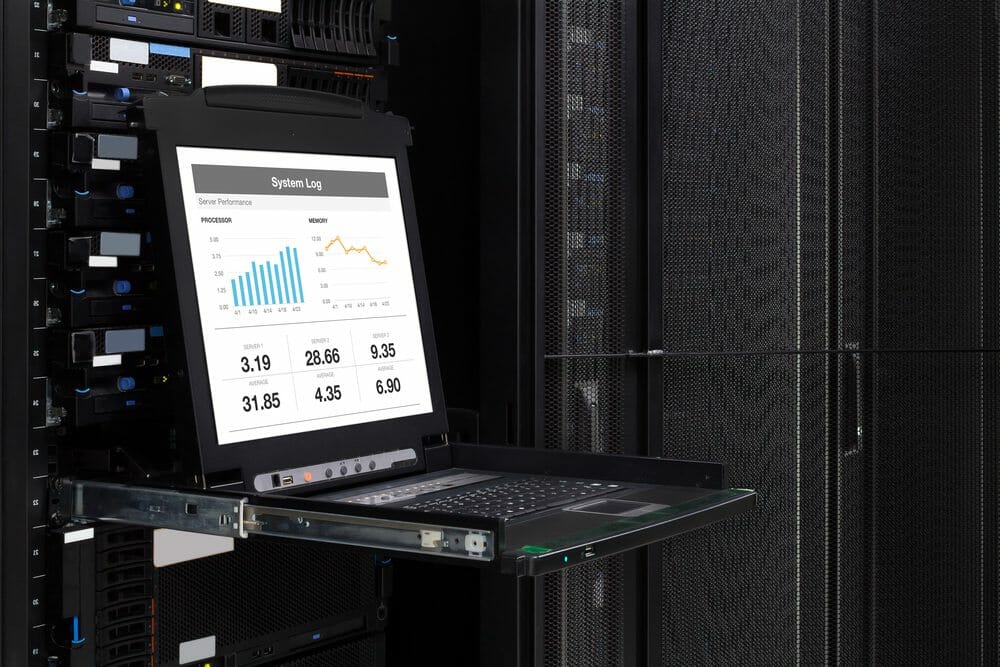Data Center Efficiency: 5 Metrics you should know12 min read

As we all know, data center efficiency has become an extremely important topic over the past years and a top priority among data center managers. This has led to the emergence of many different metrics, standards, and certifications to determine the efficiency of data centers. With so many different options out there claiming to be the best way to determine data center efficiency, how do you know which one(s) are right for you?
It can be hard to determine which one you should use, especially when first starting out. To make this easier, we compiled a list of the top 5 metrics, standards, and certifications you should consider to measure, determine, and validate the efficiency of your data center.
Top Data Center Efficiency Metrics:
1. PUE (Power Usage Effectiveness) – Created by The Green Grid, PUE is considered one of the best metrics to determine the energy efficiency of a data center. PUE is determined by dividing the amount of power entering a data center by the power used to run the computer infrastructure within it. PUE is expressed as a ratio, with overall efficiency improving as the quotient decreases towards 1.
2. LEED (Leadership in Energy & Environmental Design) – Developed by the US Green Building Council, LEED is a green building certification program that recognizes best-in-class building strategies and practices. It takes a holistic approach to evaluating the green credentials of a building, and considers materials, location, water use and indoor environmental quality, along with energy efficiency. Buildings that achieve enough points under these five categories are certified by the U.S. Green Building Council.
3.PAR4 – Created by data center software provider, Power Assure, PAR4 measures server power consumption in different ways, including monitoring idle power, peak power, total utilization power, and “transactions-per-watt.” Tested by Underwriters Laboratories (UL) to comply with UL standard UL2640, PAR4 accurately measures IT equipment power usage to help optimally plan for capacity.
4. ASHRAE (The American Society of Heating, Refrigerating and Air-Conditioning Engineers) – A global society advancing human well-being through sustainable technology for the built environment. ASHRAE publishes specific guidelines and standards for temperature and humidity operating ranges of IT equipment in a data center.
5. CCF (Cooling Capacity Factor) – Created by Upsite Technologies, CCF is a metric used to benchmark rated cooling capacity vs. utilization. It is the ratio of total running rated cooling capacity to 110% of the critical load. The CCF is used to determine and understand current inefficiencies in your cooling infrastructure, as well as identifying opportunities for improvement.
Conclusion
Data center efficiency has become increasingly important in recent years and is now a top priority among data center managers. With the increase in importance, many metrics, standards, and certifications have arisen to measure, determine, and validate the efficiency of data centers. With so many out there, it can be difficult to determine which one(s) you should use. We found these metrics to be the best in the industry, and believe are all valuable metrics to be considered when determining the efficiency of your data center.
Airflow Management Awareness Month
Free Informative webinars every Tuesday in June.
0 Comments